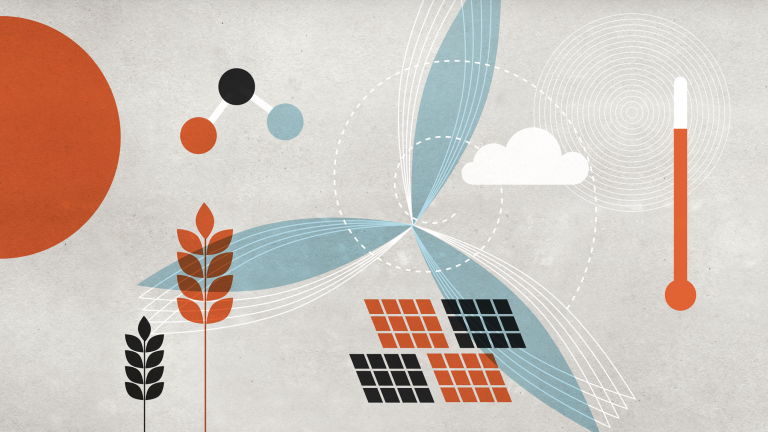
We’re living in a pivotal decade. By 2030, global emissions must fall by half, mostly through massive deployment of commercial solutions such as wind turbines, solar panels, and electric vehicles. But emerging climate technologies must come to market during this decade too, even if they don’t make much of a dent in emissions right away. The International Energy Agency forecasts that roughly half the reductions needed to cut emissions to nearly zero by 2050 must come from technologies that are not ready for the market today because they’re too expensive to manufacture, haven’t been tested at scale, or both.
Only a handful of clean technologies, such as silicon solar panels, onshore wind turbines, light- emitting diodes (LEDs), and lithium-ion batteries, have graduated from scientific laboratories to mass deployment. And it took decades for them to reach a scale where they could significantly reduce global emissions. Those timelines must be compressed for the world to have a chance of limiting global warming to 1.5 °C above preindustrial levels, which world leaders agreed at last year’s Glasgow Climate Conference would offer the best chance of avoiding catastrophic effects.
Read the full story at MIT Technology Review.






